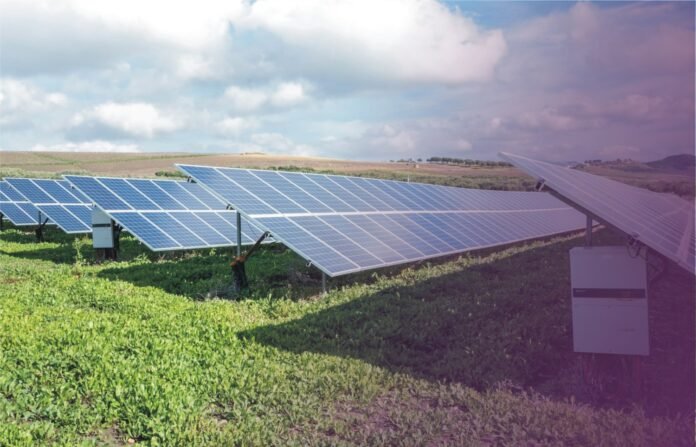Italy has reached a major electricity-generating milestone in its sustainable energy transition. Renewable energy has eclipsed fossil fuels as the nation’s main power source for the first time. Last Monday, Italy’s grid operator Terna revealed this historic achievement in a news statement.
Terna reported that 43.8% of Italy’s electricity demand was renewable in the first half of 2024. This is up significantly from 34.9% in 2023. In contrast, fossil fuel usage fell 19% and coal production fell 77.3%.
A historic 64.8 percent growth in hydroelectric power production, resulting in 25.92 TWh of electricity, drove the renewable energy surge. Wind energy generation increased by 29.2% and solar power by 18.2%, both of which were essential.
Energy breakdown for 2024’s first half:
Solar Power: 30.8%
Wind Power: 10%
Biomass: 9.3%
Geothermal: 3.1%
Italy met 88.5 percent of its energy demand with domestic production and 11.5 percent with neighbouring countries. These numbers show that renewable sources met 52.5% of Italy’s energy consumption between January and June.
Renewable energy output peaked at 33.2 GW from 2:00 to 3:00 p.m. on June 22. Italy’s solar and wind power capacity increased 17.3%, or 6,831 MW, from June 2023 to June 2024.
Italy’s success matches the International Energy Agency’s (IEA) prediction that renewables will surpass coal as the world’s largest electricity source by early next year. Utility-scale photovoltaic (PV) systems, distributed solar, energy storage, hydroelectric power, wind energy, and other emerging technologies contribute to this global transition.
Italy’s switch to a renewable energy grid is a major step towards combating climate change and reducing fossil fuel use. Italy’s accomplishment shows what can be achieved through concerted investment in renewable energy infrastructure as the globe progresses towards sustainability.



